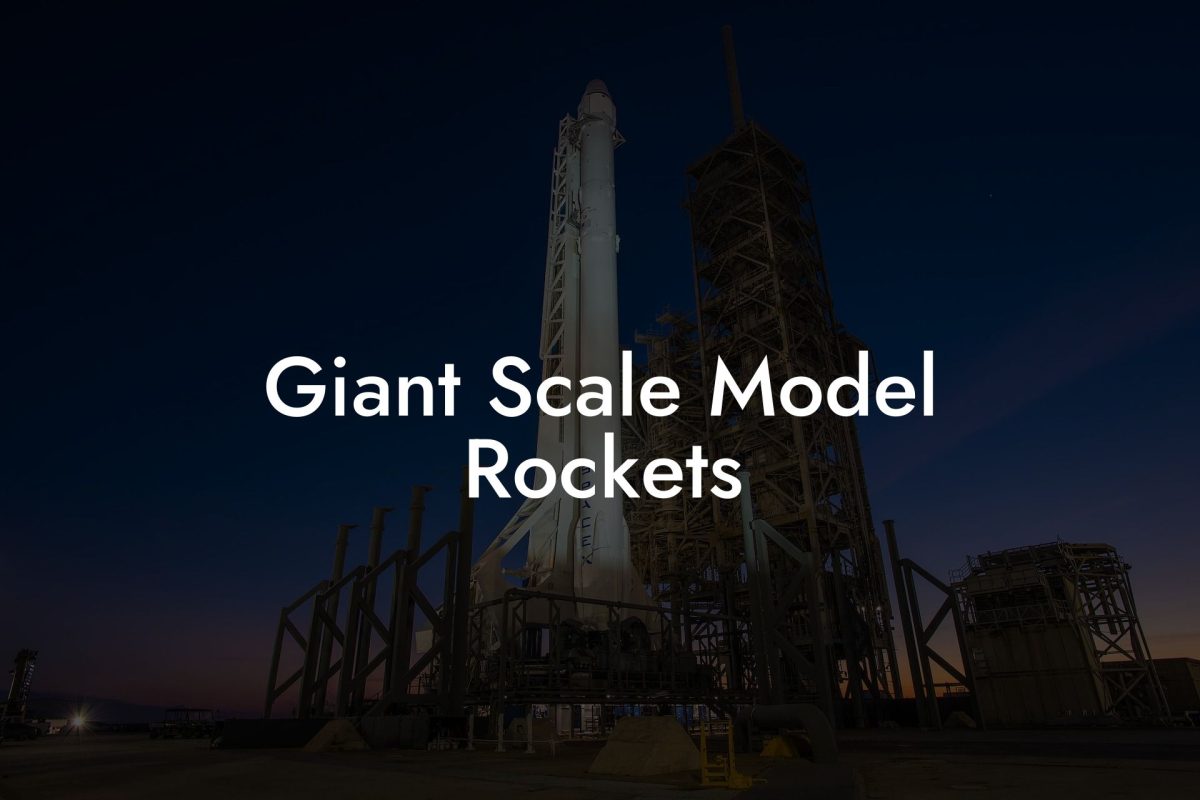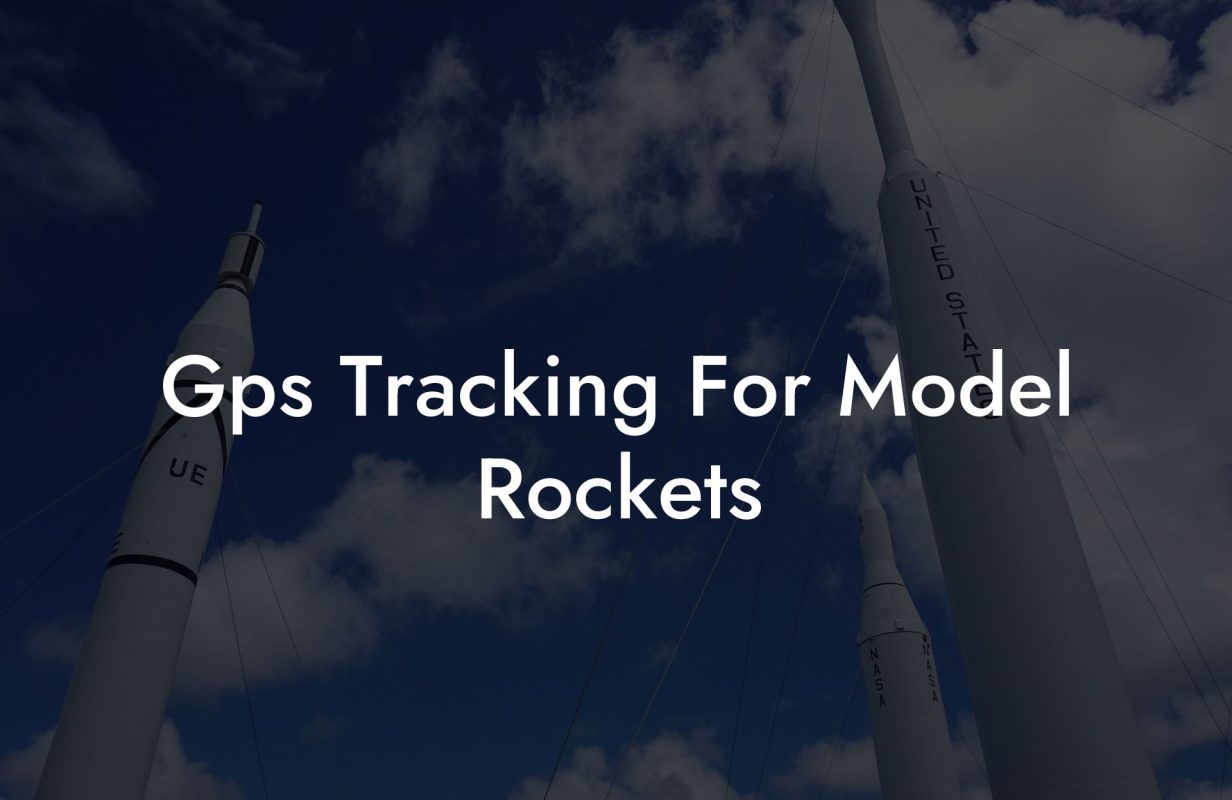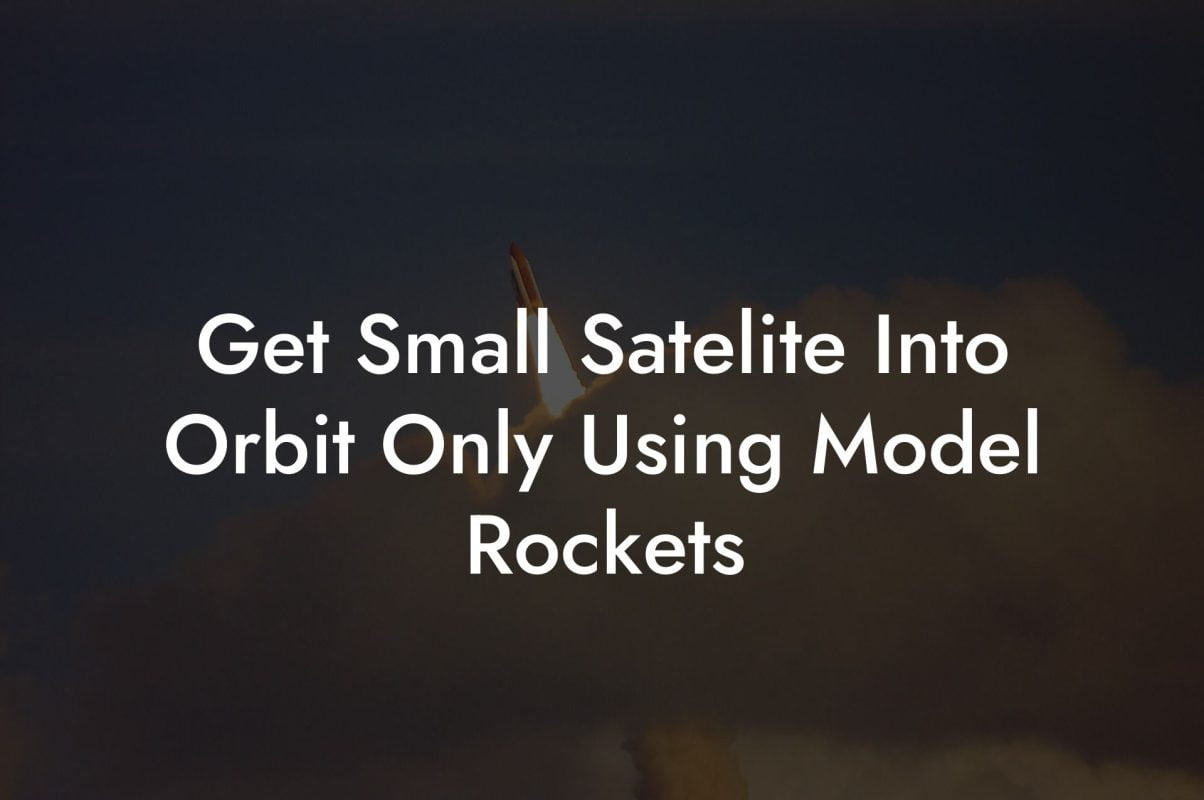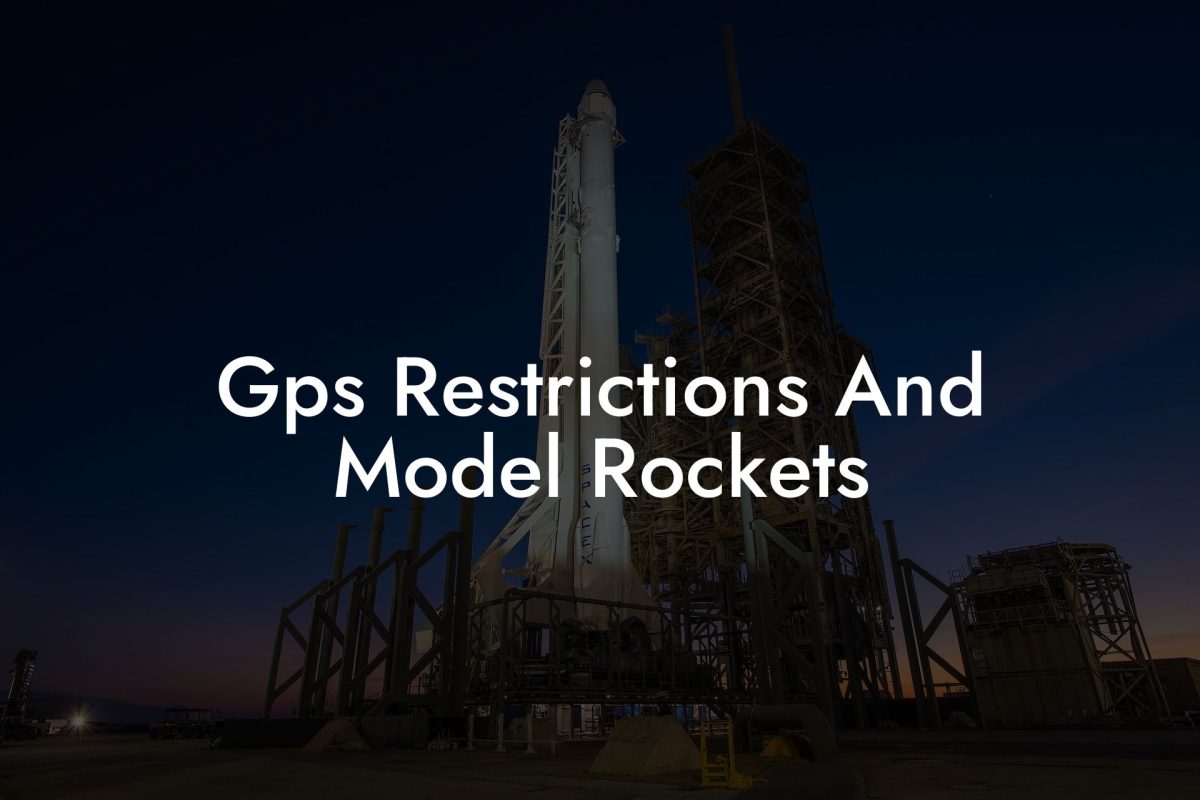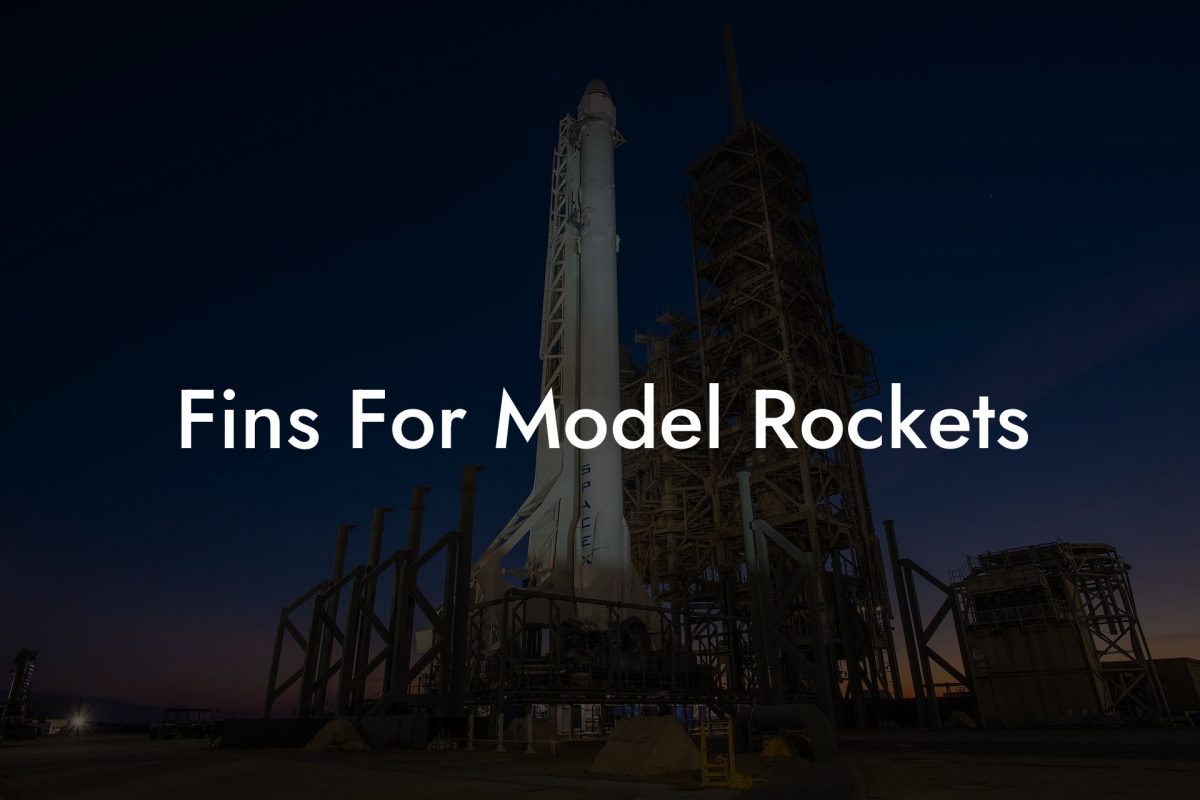Get ready to blast off into the world of model rocketry! In this article, we'll explore the key concepts of impulse and momentum in the context of model rockets. Not only will we dive deep into the theory, but we'll also provide you with practical worksheets that can be used in your rocketry adventures. Mastering these essential concepts is crucial to understanding how your model rocket functions, and ultimately, to launching successful missions. So, strap in and join us on this exciting journey!
Impulse And Momentum Worksheets Model Rockets Table of Contents
Understanding Impulse and Momentum
Impulse and momentum are key principles of physics that govern the motion of objects. They play a vital role in launching a model rocket, helping us gain insight into the forces involved and predict its trajectory. Let's break down these concepts:
Impulse
Impulse is the product of force and time. It is the total force exerted on an object over a specific period. In the case of model rockets, the impulse is delivered by the rocket engine when it burns the propellant, generating thrust. The engine's impulse rating is critical because it determines the amount of force available to propel the rocket skyward.
Momentum
Momentum, on the other hand, is the product of an object's mass and velocity. It represents the motion of an object. When a model rocket is at rest, its momentum is zero. However, as the rocket gains velocity from the engine's thrust, its momentum increases. The conservation of momentum principle states that, in the absence of external forces, the total momentum remains constant. This principle plays a crucial role in the rocket's acceleration and deceleration phases while in flight.
Impulse and Momentum Worksheets for Model Rockets
To help you better understand these concepts and apply them to your model rocketry projects, we've prepared a set of impulse and momentum worksheets. These exercises will walk you through various rocket-related scenarios and challenge you to calculate essential parameters, such as thrust, acceleration, and velocity.
Worksheet 1: Calculating Impulse
In this worksheet, you'll determine the impulse generated by a model rocket engine. You will need basic information about the engine, including the thrust profile and burn time. The exercises will guide you through the process step by step.
- Identify the thrust profile and burn time of your rocket engine.
- Calculate the area under the thrust profile curve to find the total impulse.
- Compare the total impulse with the engine's impulse rating to verify your calculations.
Worksheet 2: Analyzing Momentum and Velocity
Building upon the impulse calculations from Worksheet 1, this worksheet focuses on analyzing momentum and predicting the rocket's velocity at various stages of its flight.
- Using the conservation of momentum principle, calculate the initial momentum of your rocket.
- Ascertain the change in momentum as the rocket accelerates, taking into account the impulse generated by the engine.
- Compute the rocket's final velocity at the end of the engine burn.
- Explore how different factors, such as rocket mass and engine specifications, affect velocity.
Impulse And Momentum Worksheets Model Rockets Example:
Imagine you have a model rocket with a mass of 0.5 kg and a rocket engine with an impulse rating of 10 N·s (Newton-seconds). In this scenario, the force produced by the engine is constant at 5 N, and the burn time is 2 seconds.
Using Worksheet 1, you'd calculate the impulse generated by multiplying the force (5 N) by the burn time (2 s), resulting in an impulse of 10 N·s. This matches the engine's impulse rating.
Moving on to Worksheet 2, you'd first find the initial momentum of the model rocket, which in this case is zero, as it starts from rest. Next, using the impulse-momentum theorem, you'd determine the change in momentum (10 kg·m/s) and calculate the final velocity of the rocket (20 m/s).
By completing these worksheets, you've gained deeper insight into your model rocket's flight dynamics!
Congratulations, fellow rocketeer! You've successfully dived into the world of impulse and momentum in model rockets. We hope these worksheets and explanations helped you understand these fascinating concepts and apply them to your rocketry endeavors. Don't forget to share this article with others who might find it useful and explore other valuable guides at Austin Rockets! Together, we'll continue to explore the cosmos through the thrilling world of model rocketry.



